- Established 1982 -HOME: www.hiltonpond.org
THIS WEEK at HILTON POND Milestone Installment #750---Visitor # Subscribe for free to our award-winning nature newsletter (Back to Preceding Week; on to Next Week) |
All text, maps, charts & photos © Hilton Pond Center A BLACK VULTURE FOURSOME On 28 August 2021 we rose early at Hilton Pond Center with the intent of deploying mist nets to catch hummingbirds for banding. We got held up because of household chores--which turned out to be a very good thing. Fifteen minutes later as we got ready to go out the door of the old farmhouse we stopped in our tracks to see on the ground just off the back deck four Black Vultures--three of them visible in our photo above.
All text, maps, charts & photos © Hilton Pond Center We watch Black Vultures (BLVU, above) soaring overhead nearly ever day and occasionally see them perched in trees around the property, but seldom have we observed them on the ground--and NEVER this close to the house. Despite our indoor movement, the big black birds never spooked; reflection on the windows probably impaired their view at least a little, but meant our photos through the glass weren't as sharp as we'd have liked.
All text, maps, charts & photos © Hilton Pond Center We're not positive what brought in the BLVU--there wasn't anything dead lying around--but suspect the sound of moving water in our garden fountain was an attractant. (Two of the birds eventually jumped onto the fountain and appeared to drink.) In any case, the vultures were in no hurry to move on and spent more than 45 minutes walking around or just standing or sitting on the ground (above). This latter behavior was new to us and may have allowed the cool ground to lower the vulture's body temperature on a warm August day.
All text, maps, charts & photos © Hilton Pond Center Two of the vultures exhibited another activity we'd never observed as they scooted along on their bellies while flapping their wings. We guessed this was begging behavior--borne out when our telephoto lens revealed brownish feathers on the napes of two birds (above); this meant they were immatures hatched in 2021. Based on behaviors and appearances, we speculate our Black Vulture quartet was a family unit, with two parents still putting up with antics of two fully grown offspring.
All text, maps, charts & photos © Hilton Pond Center The two head shots above were made possible when three of the Black Vultures hopped up to the deck railing, giving us super-close views of their naked heads. The bird in the photo just above was one of the adults. It lacked the brownish hackles and had much wartier skin on its head. Note also the "nail" on the tip of its decurved bill was whiter than that of the immature--likely because it had hardened further.
All text, maps, charts & photos © Hilton Pond Center With vultures perched just eight feet away on the deck railing we were able to see additional details--as when the immature above temporarily covered its eyeball with a semi-transparent "third eyelid." This nictitating membrane moistens the eye without blocking out light--an adaptation that apparently allows a bird to maintain orientation, especially when in flight. (Typical upper and lower eyelids close down to block light during sleep.) The ear canal is at right--not usually visible in birds with feathered heads--while at lower left one can see through the bird's bill because of its perforate nostril. (In most birds, the nostrils are separated by a septum.) Incidentally, Black Vultures apparently have no sense of smell, whereas Turkey Vultures--which have good olfaction--use their nostrils to locate decaying food while more aggressive Black Vultures watch before swooping in to commandeer the carcass.
All text, maps, charts & photos © Hilton Pond Center Vultures on the nearby railing also revealed their stout, scaly legs and feet (above) whose relatively small and non-raptorial claws seem more adapted to walking than to tearing open carrion. (The foot is anisodactyl, with three toes in front and the hallux behind.) We should point out that legs of the two adult vultures were much whiter than those of the two immatures. We suspect this is because the white stuff--uric acid crystals released as the vulture voided waste--had more time to accumulate on the scales. Yes, Black Vultures DO defecate on their legs; it's called "urohidrosis," an adaptation that supposedly allows otherwise black legs to reflect the sun's rays during the heat of summer. Sounds like a strange way to stay cool, but it may indeed work for vultures. An alternative hypothesis says Black Vultures urinate/defecate on their legs in an antiseptic attempt to kill bacteria and parasites they might acquire when tromping around in dead, decaying animal matter. This also sounds plausible. (NOTE: We're not sure anyone has experimentally tested either the leg-cooling or sanitizing aspects of defecating on one's own legs--so who knows?--perhaps there's some other explanation entirely. Maybe mate-seeking Black Vultures find white legs attractive, or maybe they just have an incontinence problem when they get excited near rotten food items. In any case, urohidrosis sounds like worthwhile focus for a doctoral dissertation that would make a great ice-breaking topic at grad student get-togethers.)
All text, maps, charts & photos © Hilton Pond Center Two days after our first encounter with the Black Vultures, two immatures returned to the Center and spent the better part of an afternoon perched on the farmhouse roof just above our office. At such close range we could hear them walking around and vocalizing occasionally--kind of a cross between a hiss and a growl. It's nice to hear and see these big scavengers up close, but we have mixed feelings about their recent house-perching behavior--especially since we've heard tales about Black Vultures pecking at and eating roofing material and weather stripping (as well as windshield wipers or sunroof seals on cars). We hope there are enough roadkills in our area to keep them from snacking on our residence as they perch instead in trees (above) around the property. We're just glad we didn't have our delicate hummingbird mist nets open that morning when the Black Vulture family of four came to visit at Hilton Pond Center. All text, maps, charts & photos © Hilton Pond Center HILTON POND SUNSETS "Never trust a person too lazy to get up for sunrise
All text, maps, charts & photos © Hilton Pond Center Sunset over Hilton Pond (above), 24 August 2021
All text, maps, charts & photos © Hilton Pond Center Sunset over Hilton Pond (above), 27 August 2021 Photoshop image post-processing for this page employs
Checks also can be sent to Hilton Pond Center at: All contributions are tax-deductible on your Don't forget to scroll down for Nature Notes & Photos, |
|---|
|
"This Week at Hilton Pond" is written and photographed by Dr. Bill Hilton Jr., executive director of Hilton Pond Center for Piedmont Natural History
|
|
|
Please refer "This Week at Hilton Pond" to others by clicking on this button: |
|

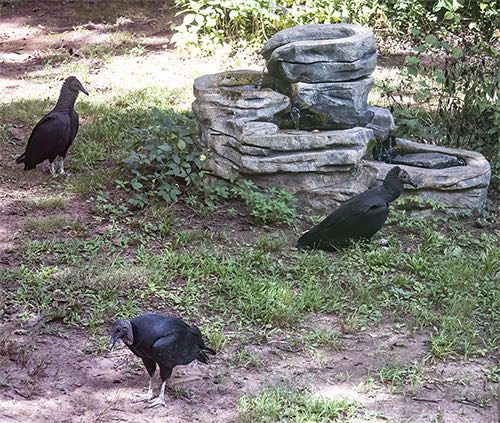

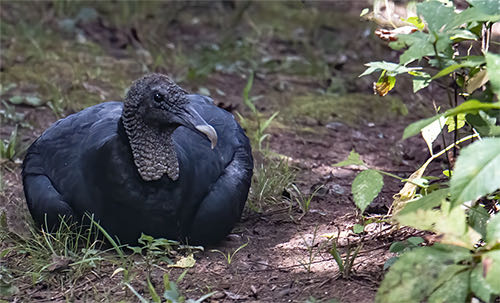
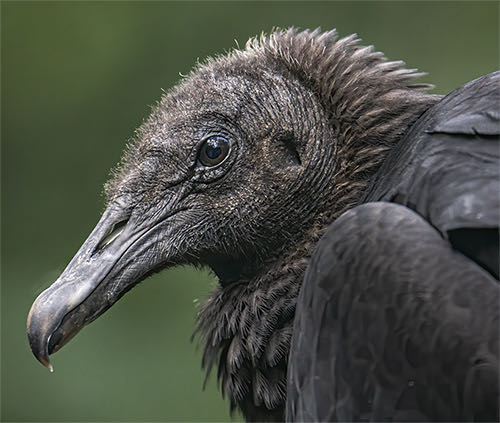
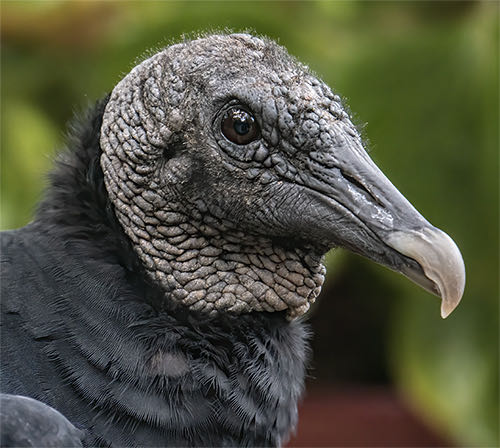

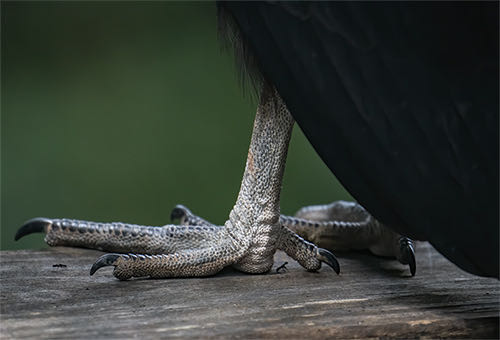
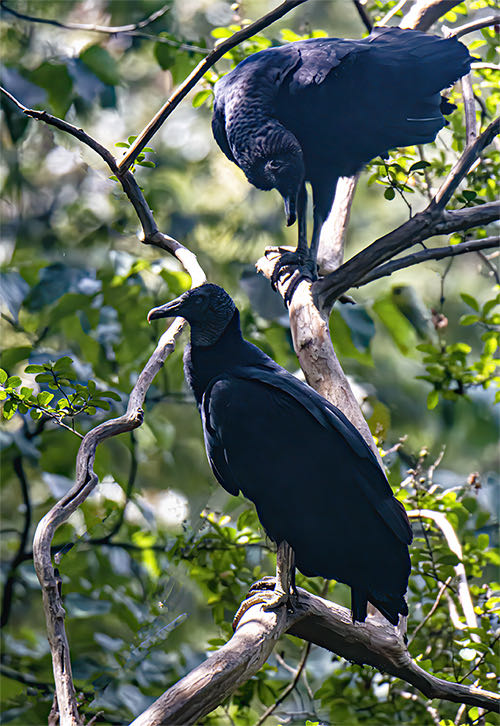
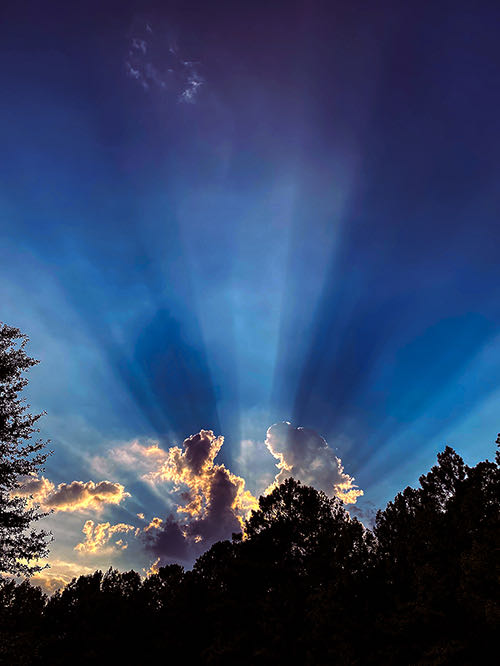
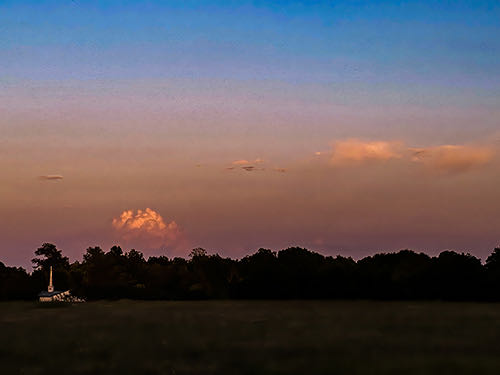










 Please report your spring, summer &
Please report your spring, summer &